The Rigby Wastewater Treatment Plant (WWTP) Improvements project received the American Council of Engineering Companies (ACEC) of Idaho Engineering Excellence Award. The ACEC recognizes firms that demonstrate an exceptional degree of innovation, complexity, achievement, and value. Most recently, this project also received the American Society of Civil Engineers (ASCE) Southern Idaho Project of the Year Award for its complex ingenuity, schedule and budget adherence, and its use of innovative technology.
It is exciting when the hard work of so many team members receive such a high honor. Find out more about this award-winning project below.
Rigby WWTP Improvements Project
The Rigby WWTP is located along the dry bed of the Snake River just north of the City of Rigby (City). It serves approximately 5,100 residents and 50 businesses. The plant was upgraded from an aerated lagoon system to a biologically activated sludge plant with oxidation ditches and secondary clarifiers in 2010. However, due to an unprecedented growth rate of 1.91%, the WWTP was close to outgrowing its capacity.
In addition to the growth, the City was notified that their new effluent discharge permit would include an ammonia limit, which could not be met with the existing WWTP’s capacity. The growth also left the City without redundancy in the UV system. Due to equipment failure, the cloth filter system was removed, and the plant water system that uses the treated water to clean and service the equipment could no longer supply sufficient flow. A new facility planning study was needed to address these challenges and concerns about the amount of infiltration being sent to the plant.
Keller worked with the City of Rigby to identify solutions that would meet the new effluent discharge permit at the WWTP and support a rapidly growing community.
The WWTP Improvements project used innovative technology—Nuvoda Mobile Organic Biofilm, which uses plant material (hemp/kenaf) to enhance biological treatment in an activated sludge system—to meet permit limits and included upgrades that increase the plant’s capacity by approximately four times and provide energy savings and resiliency as the City grows. The updated system is also flexible to handle flow fluctuations based on the time of year and water infiltration.
The project was completed on schedule, with substantial completion by the permit requirements deadline. Project costs were below the budget, and the City used the remaining funds to complete a discharge outlet pipe and purchase new headworks screens. The project was completed through the collaborative and innovative efforts of the construction team, Keller, the City, and the Idaho Department of Environmental Quality.


